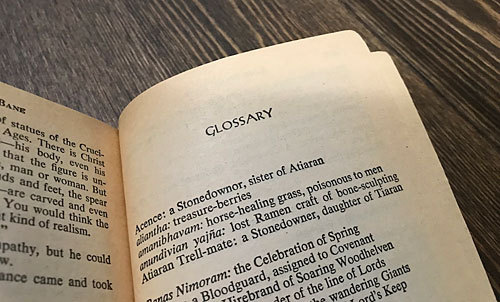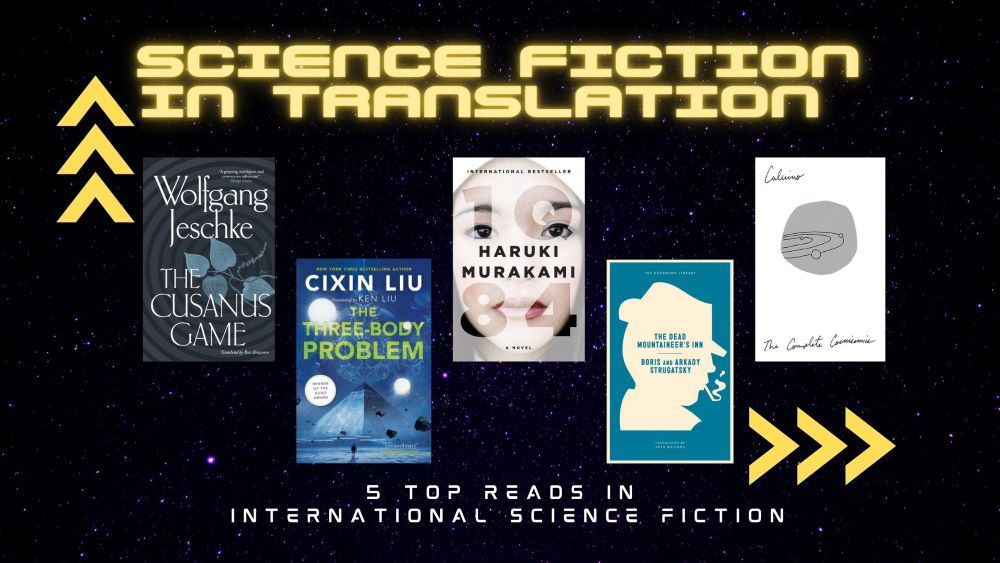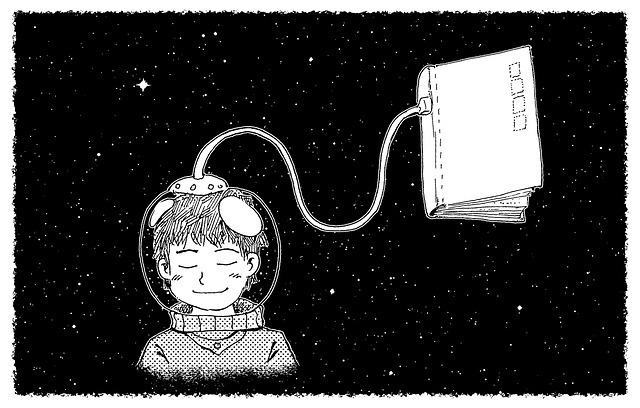Is a Glossary a Sign of Bad Writing?
I discovered that there is a vocal contingent of people out there who hate glossaries, who even think they are a sign of bad writing. This was surprising to me, to say the least. After all, as a longtime reader of fantasy and science fiction, I happen to love glossaries.





